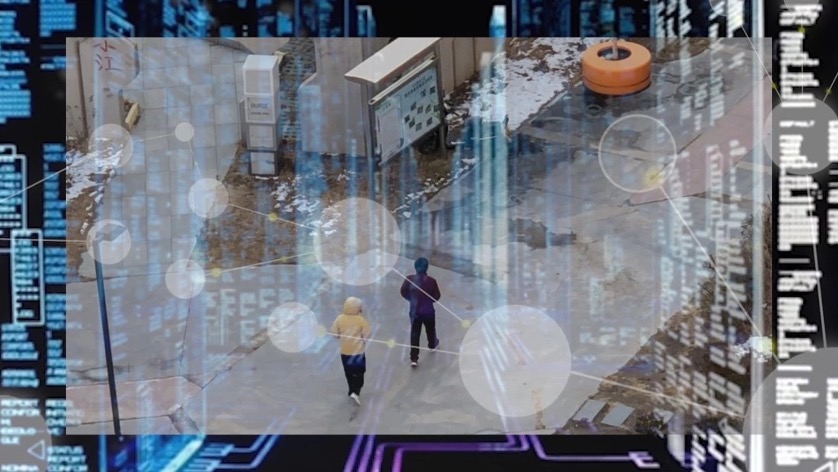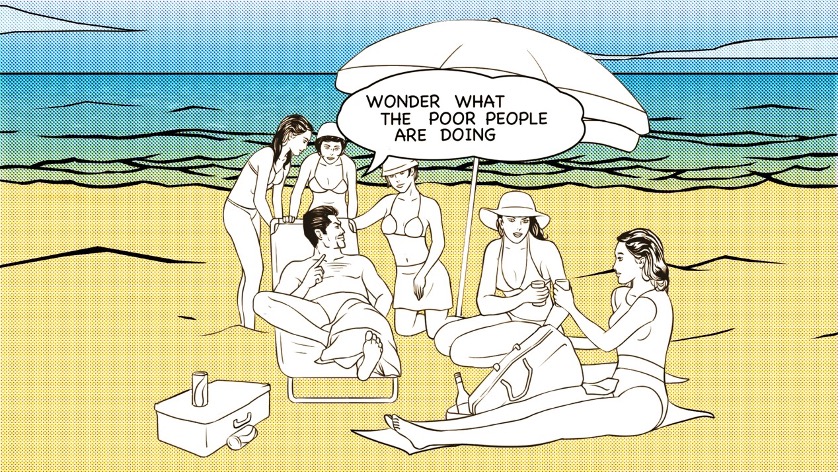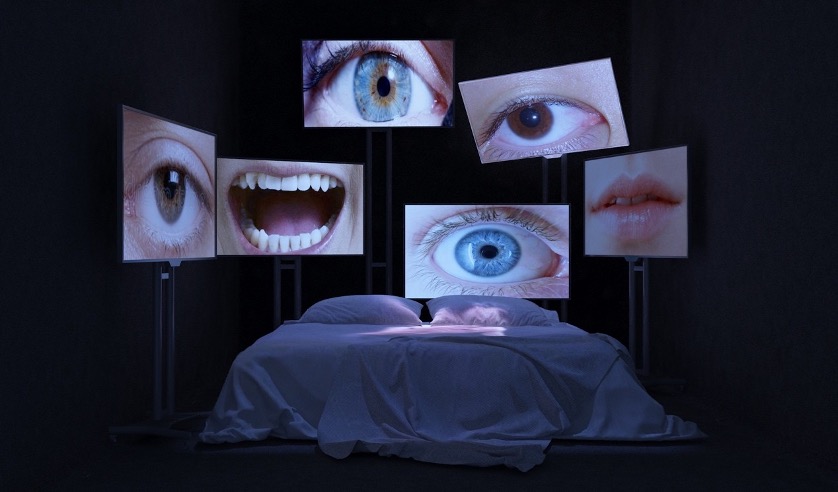Organs Underground
30 October – 13 December 2020
GUĪ, M WOODS Art Community
30 October – 13 December 2020
GUĪ, M WOODS Art Community
We are proud to announce that M WOODS will collaborate with PLATESPACE to present the group exhibition Organs Underground. Co-launched by M WOODS and PLATESPACE, the exhibition features work by 8 young Chinese artists and an artist group. Marked as the first collaboration of M WOODS with an alternative art space, this project aims to support local young artists, to explore new possibilities of curatorial practice and to instill the vitality of contemporary art into the historical center of Beijing.

杨圆圆, From now on, the cyberspace will be clean and ecological,2020
As an alternative art program, PLATESPACE remains independent from galleries, museums and other art organizations as well as the art market, providing opportunities for pioneering and experimental artists to practice and exhibit art. This type of art spaces compensate for the limitations of mainstream exhibitions and balance the over-commercialization and marketization of the contemporary art eco-system. PLATESPACE is more of a platform than a space, which connects individual art creators to form a social network, facilitating interaction and communication among one another. The city’s gentrification process has forced many nonprofit art programs to search for new ways of existence, as a result of which PLATESPACE has employed a nomadic mode of operation. Not tied to a fixed space, it flexibly and creatively utilizes available spaces in the city center, such as apartments, shared offices, cafes in the hutongs, bookshops, bars and other unconventional exhibition venues, which breaks the “White Cube” aesthetic by positioning the exhibition into a more specific spatial context. GUĪ, the exhibition venue for this project, is an electronic music club located underneath the M WOODS Hutong museum. It represents a brave attempt of M WOODS Art Community to venture into new territories, extending the experience of art into the night so that visitors can learn about a different dimension of contemporary culture. The spontaneity and experimentality embedded in the concept of “night” and “underground” not only correspond to the characteristics of alternative space, but also imbue the project with more profound meanings.

刘雨佳, Life wasn’t meant to be easy,This is making things hard,2017
Organs Underground challenges the “text-centered” curatorial model and experiments with new ways of curating. Under the conventional model, artists are mere providers of artworks that are usually classified into certain categories such as mediums and themes and that serve as formal representation of the curatorial text. In this project, however, there is no so called “curator”, while the artists jointly participate in the curating process. Coordinated by the co-launchers, they communicate with one another to decide on the works to be exhibited, the way of exhibiting as well as the floor plan. During this decentralized and organic process, artists break away from predetermined curatorial ideas and gain inspirations of the exhibition as well as their own practice. At the same time, exhibited works are no longer shoehorned into the curatorial frame, the richness, complexity and even uncertainty of which can be fully revealed and presented to the viewer.
![]()
词穷公园,修普诺斯(Hypnos),2020
However, this project isn’t meant to invalidate the importance of exhibition text, but instead adopts a reverse working process – making the writing of it the last step of the entire process, so that the exhibition structure can be more flexible and dynamic. If artists are the basic modules comprising an exhibition, then this project can be seen as the result of the permutation and combination of several artist modules, in which text serves to record, analyze, summarize and extend this result. For this project, we invite independent curator Wang Tianmo to take on the role of “project observer” and to contribute a piece of writing that interprets the exhibition from a third perspective. Through self-inquiry, she guides the viewer to reflect on the project itself as well as the works on view.
![]()
Leelee Chan
Orange Moon #2, 2019
galvanised steel vent well, spray paint, window glass, clip-on LED light
66 x 31 x 22 cm

词穷公园,修普诺斯(Hypnos),2020
However, this project isn’t meant to invalidate the importance of exhibition text, but instead adopts a reverse working process – making the writing of it the last step of the entire process, so that the exhibition structure can be more flexible and dynamic. If artists are the basic modules comprising an exhibition, then this project can be seen as the result of the permutation and combination of several artist modules, in which text serves to record, analyze, summarize and extend this result. For this project, we invite independent curator Wang Tianmo to take on the role of “project observer” and to contribute a piece of writing that interprets the exhibition from a third perspective. Through self-inquiry, she guides the viewer to reflect on the project itself as well as the works on view.

Leelee Chan
Orange Moon #2, 2019
galvanised steel vent well, spray paint, window glass, clip-on LED light
66 x 31 x 22 cm